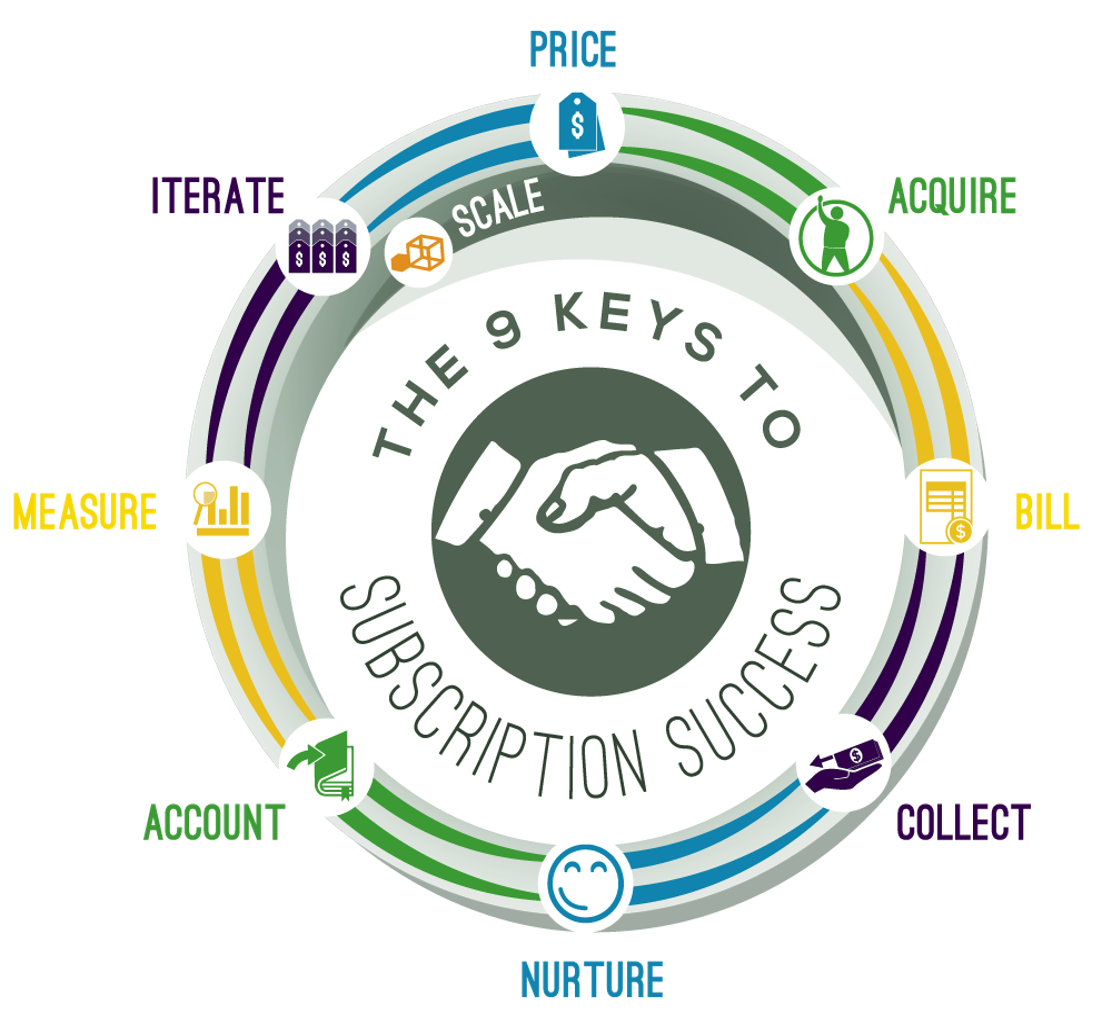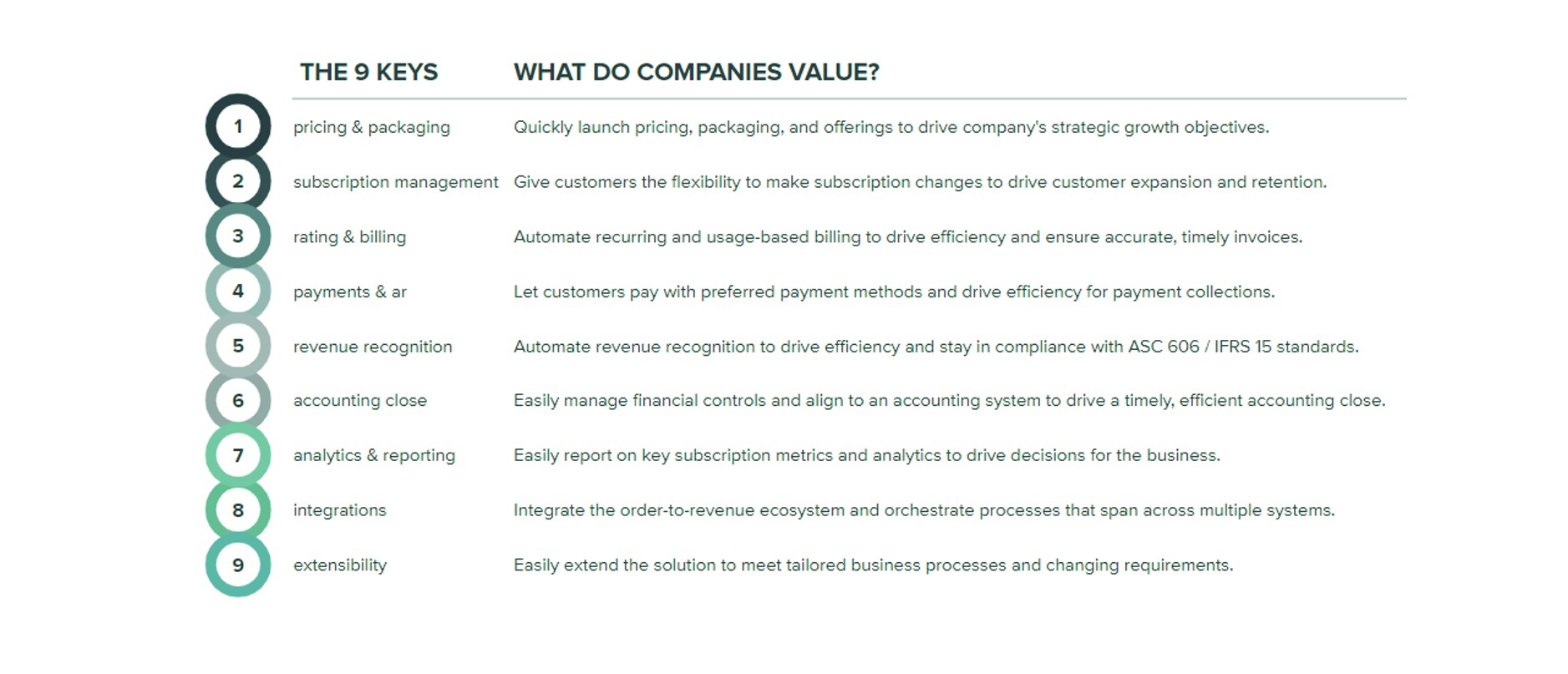Common Pitfalls Of The Subscription Model And How To Avoid Them
Consumer attitudes to ownership are changing, with greater demand for products and services which offer convenience, high-quality customer experience, and accessibility. So it’s no wonder then that in the last decade or so, the digital subscription economy has rapidly grown, reaching $650 billion USD worldwide in 2020.
The customer benefits of the subscription model are clear: no large upfront cost, smaller affordable recurring payments, the option to cancel at any time, and the flexibility to change providers. Whilst customer-focussed businesses see the value of adopting a subscription model, they’re not always aware of the impact on their organization, or some of the potential challenges involved with setting up and running internal systems for handling recurring revenue.
Martin van Vugt, Partner and Senior Business Consultant at Subscription Factory, shares his experience and insights on some of the common pitfalls of getting started with the subscription model.
Implementing A Scalable Model
In today’s world, many people expect convenience and instant access to everything at once. With subscription services like Netflix and Spotify, people are accustomed to quickly entering their personal details and card information online to instantly unlock vast libraries of content. That process, sometimes referred to as the ‘happy flow’, is the simple process for getting started.
When implementing a subscription service for the first time, it’s important to keep the solution simple and scalable. Sometimes the temptation for businesses is to give their customers everything at once – which is possible with a platform like Zuora – but they run the risk of over-complicating their offering and creating deep and unnecessary organizational complexity.
It’s true to say that the subscription economy allows you to scale endlessly, but at the same time the organization itself also needs to be able to handle a sudden upsurge in subscribers. If a subscription model is overly complicated, it becomes difficult to maintain, and scale. That means knowing how to handle support, and limiting the number of features.
Managing Organizational Change
Implementing a recurring revenue model necessitates organizational change. So there’s a direct impact right across the business – from sales through to finance. For a finance team, used to the old transactional model, suddenly they’re faced with new ways of working, and increased automations. For instance, things like invoicing, payment reminders, and even cancellations can be automated, which might leave members of a finance team wondering what their new roles will be or whether they’ll still have roles to fulfil.
In reality, the subscription model creates new kinds of finance work because with more frequent transactions comes the need for more regular reporting and so on. On the flip side, subscription models ultimately lead to more predictable, and regular revenue rather than the peaks and troughs of single-transaction sales – like an annual software licence.
The subscription model also impacts the way sales teams operate. With a single licence or yearly renewal, sales teams are used to securing the deal and walking away with their commission. As recurring payments usually involve smaller amounts –as opposed to one large upfront cost – which has a knock-on effect on how commissions are handled.
Typically, recurring revenue businesses calculate commission using a multiplier; based on the average time a customer stays with the company. Whilst salespeople are no longer in the position to offer discounted pricing to ‘seal the deal’, a subscriptions model potentially enables them to push their product or service to more customers, and therefore boost their commissions. Further down the line, there’s also the opportunity to upsell customers on the next subscription package in the line-up.
Moving from a single upfront payment to monthly recurring payments removes the need for a yearly touchpoint with the sales team, so they can instead spread their efforts more evenly across the year. Regular and frequent contact with customers is obviously another key organizational change when switching to a subscription model.
For marketing teams, the subscription model opens up more creative opportunities at the wide end of the funnel – because unlike a single transactional product or service, it’s no longer static. In fact, many organizations renew the structure of their subscription packages on a regular basis: to keep their offering fresh, competitive, and of course profitable. This creates scope for more frequent and engaging marketing campaigns.
Handling Technical Implementation
When a company – a re-inventor – switches to a subscription model, they sometimes presume that they can carry over their previous model, making a new subscription service fit their old ways of working.
Particularly in B2B, where a company may have special agreements in place with certain customers, there is a bedding-in period as existing customers make the transition. Even by providing the best support and guidance possible, this transition can obviously lead to churn.
Another part of the technical implementation of a subscription model involves careful consideration of how to handle the cancellation process without overburdening the customer and leaving the door open to a future relationship.
Downsizing the complexity of the implementation helps organizations to transition more smoothly, as does rolling out a solution at the right pace. The typical time it takes to get a good first version of a subscription model in place is around six months. The switch to subscriptions also creates a revenue gap, because yearly payments are now spread monthly across the year. In the long term, the revenue is the same (or higher) but in the short term there is an initial deficit when compared with the single transaction model.
That’s why when it comes to implementation, many businesses turning to the subscription model build in a transition period to allow customers to make the switch, and stagger the onboarding process rather than moving everyone over all at once. Of course, this transition period requires businesses to run two models, which adds to the complexity in the short term.
Avoiding The Pitfalls
Businesses switching to a subscription model face a number of potential pitfalls which can be difficult to avoid, without expert guidance and support.
For over a decade, Subscription Factory has helped numerous businesses make a successful transition into the subscription economy. At GoRecurring 2022, we’ll be sharing expert advice for implementing successful subscription services.





